Hydrogen Fuel Innovation, Honda CR-V e:FCEV Marks a New Zero-Emission Era
Bukemersanacokyakisir – When discussing the future of zero-emission vehicles, most conversations revolve around battery electric cars. However, hydrogen fuel technology quietly builds momentum, and Honda’s move to create a hydrogen fuel model based on the CR-V e:FCEV signals a bold shift. In my view, this decision reflects strategic foresight Honda isn’t chasing trends, they are diversifying solutions. While EV batteries dominate headlines, hydrogen fuel continues to evolve as a powerful alternative, especially for long-range efficiency and rapid refueling. Therefore, the CR-V e:FCEV represents not only innovation but also adaptability in an automotive world searching for cleaner, faster, and scalable mobility.
“Read also: Align Technology Revolutionizes Invisalign Treatment with ClinCheck Live Plan“
A Familiar SUV With a Revolutionary Heart
Many consumers already associate the CR-V with reliability, comfort, and practicality. Now, imagine that same trusted platform equipped with hydrogen fuel technology a fusion of familiarity and futuristic engineering. Honda’s hydrogen-powered CR-V retains the body shape and comfort of the beloved SUV, but under the surface, it operates like a next-generation power machine. Personally, I appreciate how Honda chose an existing model rather than an experimental concept; it suggests confidence and readiness for real-world roads, not just auto-show floors. After all, true innovation isn’t only about invention it’s about integration.
How Hydrogen Fuel Transforms Driving Performance
Hydrogen fuel systems create electricity through chemical reaction rather than battery storage alone, offering several unique advantages. First, refueling takes only minutes, much faster than charging most electric vehicles. Additionally, hydrogen fuel produces water vapor instead of carbon emissions, aligning perfectly with global climate goals. From a performance standpoint, the CR-V e:FCEV promises smooth torque, quiet operation, and consistent power delivery even in cold conditions where batteries sometimes struggle. As someone who follows green transport closely, I see hydrogen not as a rival to EV batteries, but as a complementary force in sustainable mobility.
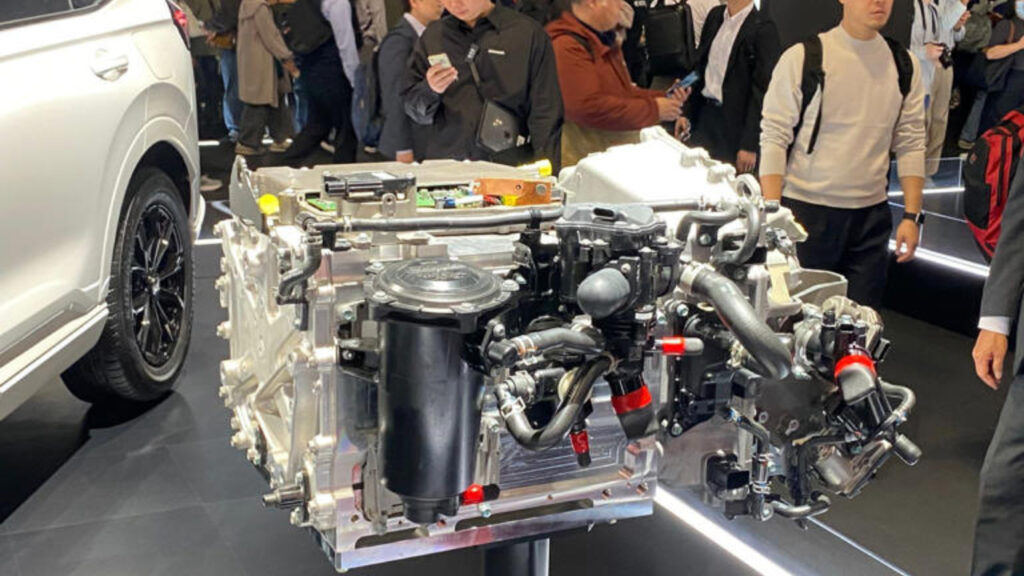
Cleaner Energy With Real-World Practicality
While many technologies shine in lab environments, hydrogen fuel becomes more meaningful when paired with everyday usability. Honda specifically chose the CR-V platform because families, commuters, and adventure-seekers value space, versatility, and comfort. This hydrogen fuel SUV is designed not for niche enthusiasts, but for real drivers. Moreover, hydrogen’s long driving range means fewer stops, making it ideal for road trips, suburban travel, or commercial use. Consequently, this solution feels practical rather than experimental, making it easier for people to embrace clean energy without compromising convenience.
Hydrogen Fuel vs. Battery Electric: Different Tools for the Same Future
Debates often frame hydrogen fuel as competition to electric batteries, but both technologies serve different needs. Batteries excel in urban settings, while hydrogen fuel shines in high-mileage journeys, colder climates, and heavy vehicles. Industries such as trucking, buses, and logistics are already exploring hydrogen power. From my perspective, Honda understands that the future of clean transport will include multiple technologies, not a single “winner.” The real race is not EV vs hydrogen it’s pollution vs innovation, and humanity benefits when we diversify solutions rather than narrow them.
“Read also: Canva Launches “Creative Operating System” to Redefine Visual Collaboration“
Engineering Excellence Behind Honda’s e:FCEV System
Honda’s hydrogen fuel system reflects years of research and partnerships, including collaborative hydrogen refueling network development with major energy companies. The CR-V e:FCEV features advanced fuel cells, optimized oxygen flow, and durable high-pressure hydrogen tanks designed for safety and longevity. Importantly, the vehicle also includes a plug-in battery hybrid element, allowing limited electric-only driving when hydrogen stations are not accessible. This hybrid approach demonstrates clever engineering instead of waiting for perfect infrastructure, Honda offers flexibility so drivers stay confident today while infrastructure grows tomorrow.
Infrastructure Challenges, But Momentum Is Building
Admittedly, hydrogen refueling stations remain limited in many countries. Still, governments in Japan, the U.S., and Europe are investing heavily in hydrogen networks. In addition, many experts believe hydrogen will power future public transit fleets, industrial machinery, and aviation systems. As infrastructure expands, consumer adoption becomes easier. I personally view this as the beginning of a new energy evolution similar to early EV charging networks a decade ago. Changing transportation takes time, but bold steps like Honda’s CR-V e:FCEV push momentum forward.
A Glimpse Into Sustainable Mobility’s Next Phase
Ultimately, the Honda CR-V e:FCEV proves that hydrogen fuel vehicles are moving from concept to consumer reality. More importantly, this milestone reminds us that innovation thrives when companies look beyond trends and toward long-term vision. For drivers seeking eco-friendly performance without charging anxiety, hydrogen fuel offers a compelling path. And as someone who watches industry trends closely, I believe hydrogen will play a major role in shaping global sustainability. Today, Honda plants the seed tomorrow, the world watches it grow.
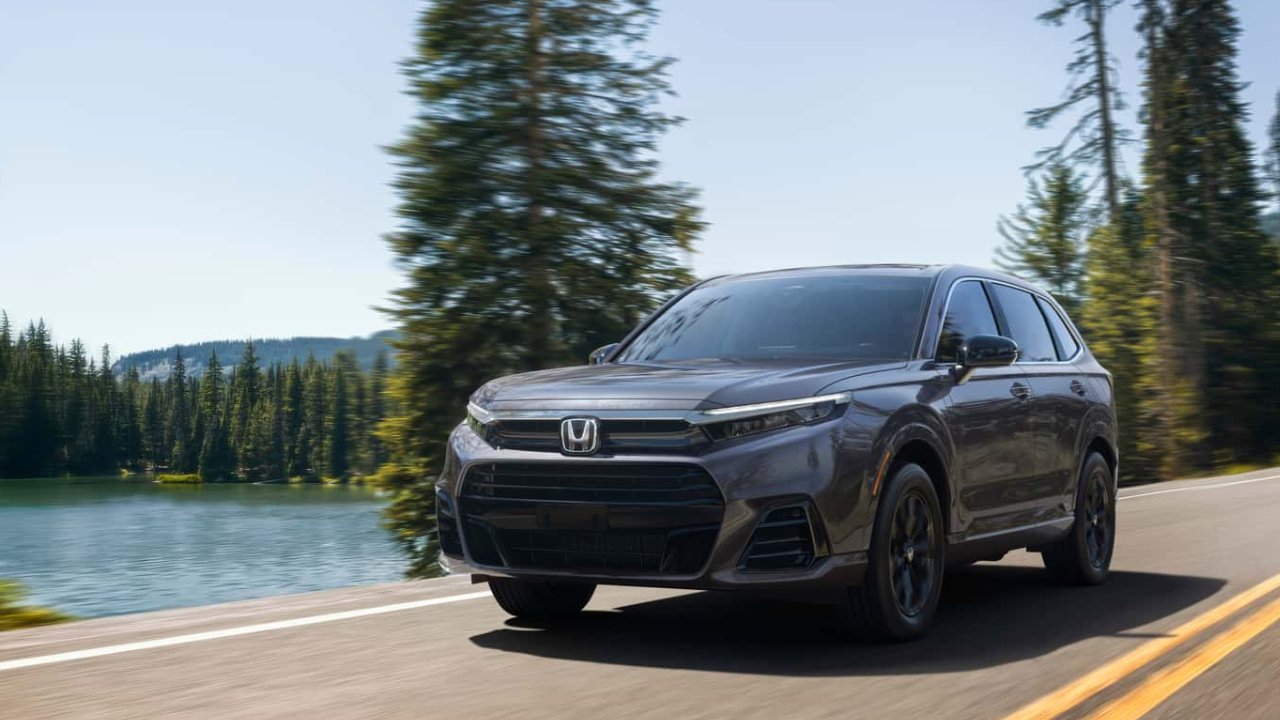
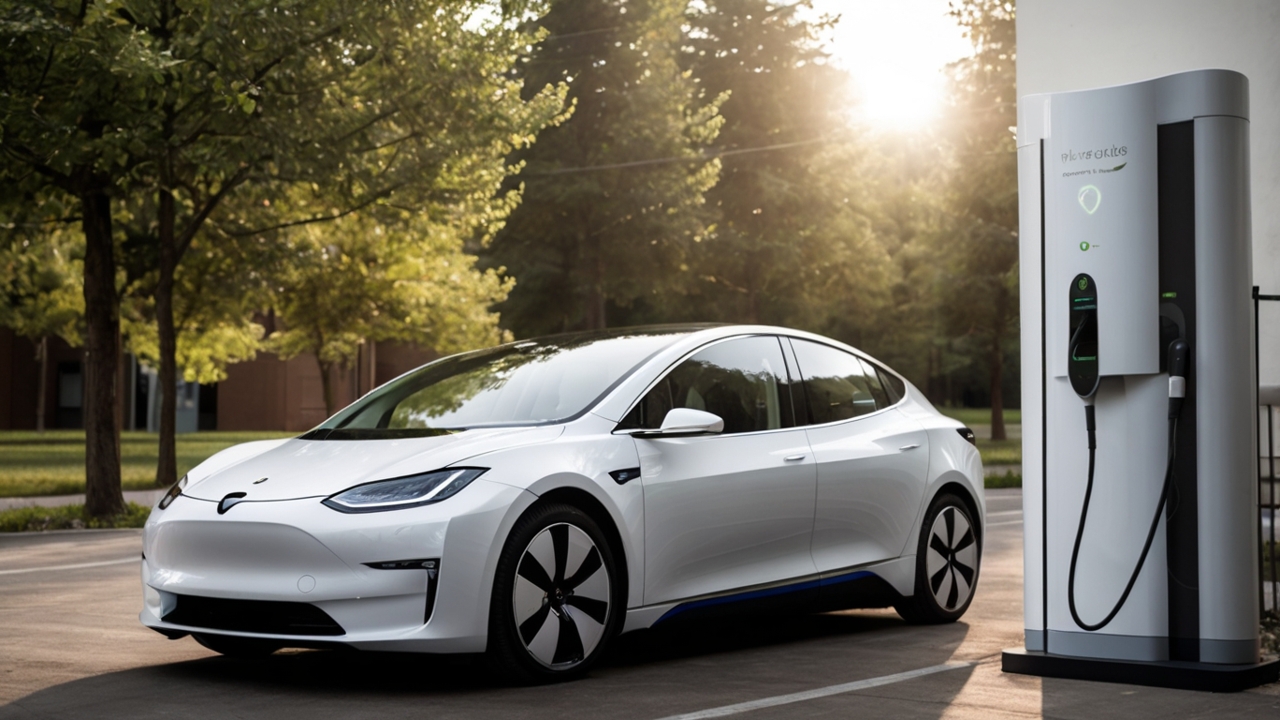
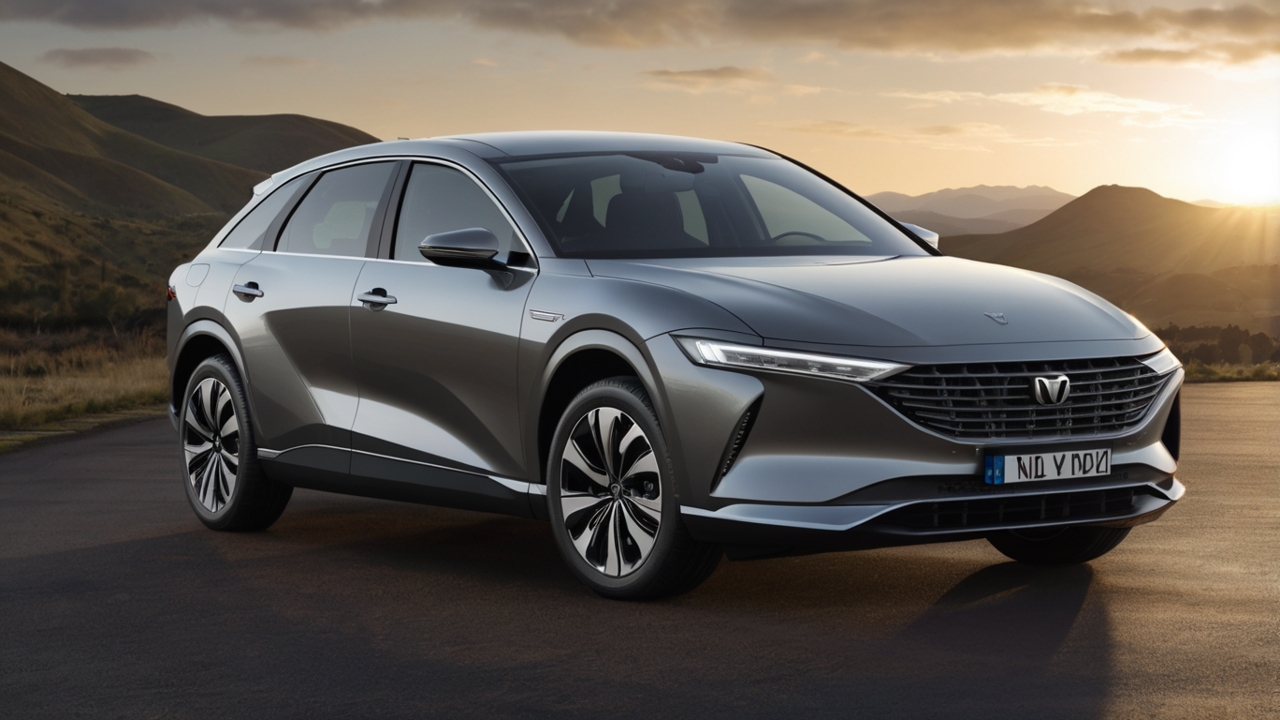




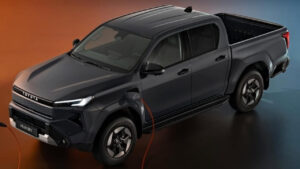




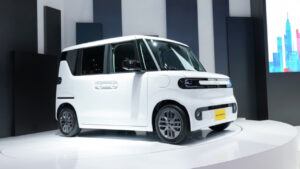
Post Comment